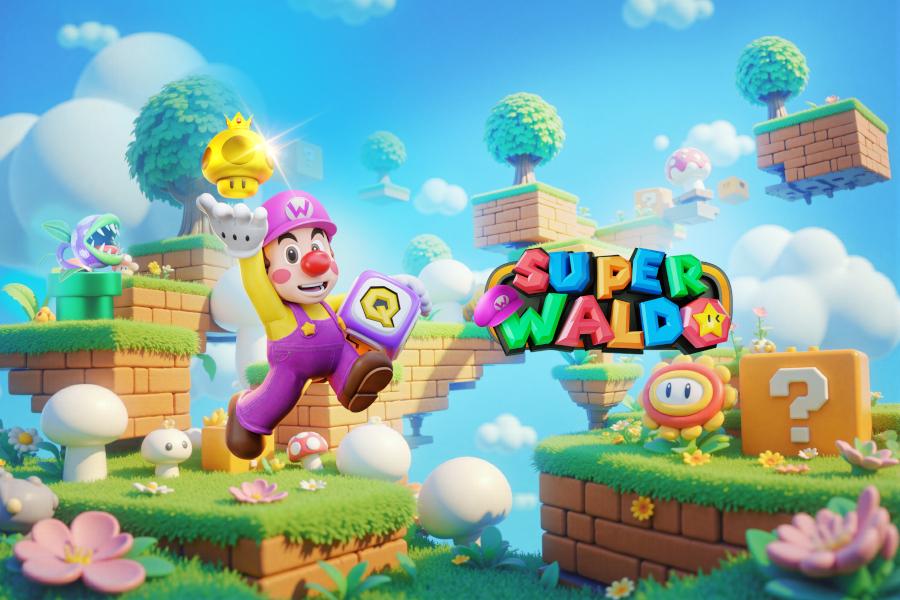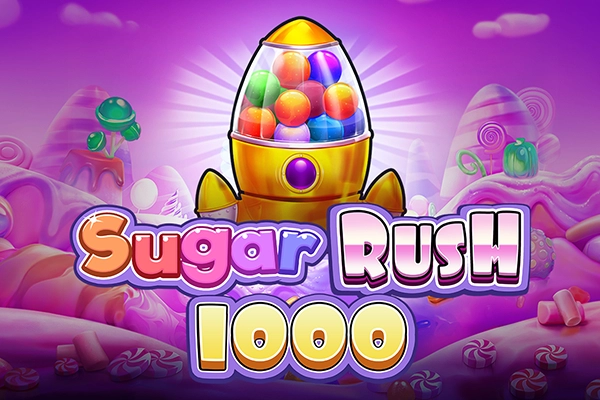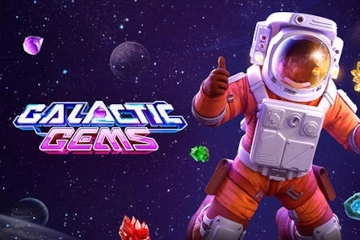Diamonds Scratch by SpinOro offers a direct instant win experience centered around valuable gemstones. The game presents a sleek, modern atmosphere, foregoing complex reels for a straightforward scratch card format. Players purchase a card revealing a single reference diamond alongside six concealed symbol positions. The core objective involves uncovering these hidden symbols, aiming to match any one of them to the reference diamond shown. A successful match triggers a win, scaled by a multiplier specific to that round, displayed beneath the reference symbol. With its luxurious diamond theme and uncluttered interface, the game focuses entirely on this immediate match-and-win dynamic. The stated potential for a 10,000x bet multiplier adds significant anticipation to each reveal, balanced by a theoretical RTP of 93.33%. This title provides uncomplicated, fast-paced action for those seeking instant results.
SpinOro presents Diamonds Scratch, an online game deviating from conventional reel-based slots, offering instead an instant win scratch card format. The central premise revolves around matching symbols concealed on a card to a designated reference symbol, all themed around high-value gemstones. Its appeal lies in its immediacy, stripping away complex narratives or multi-layered bonus features for a direct, quick-reveal mechanic. Developed by SpinOro, a provider known for scratch and instant win titles, this game centers on visual clarity and straightforward objective attainment, potentially catering to players seeking uncomplicated entertainment or a quick diversion. The stated potential for a significant multiplier adds an element of anticipation to the otherwise simple structure.
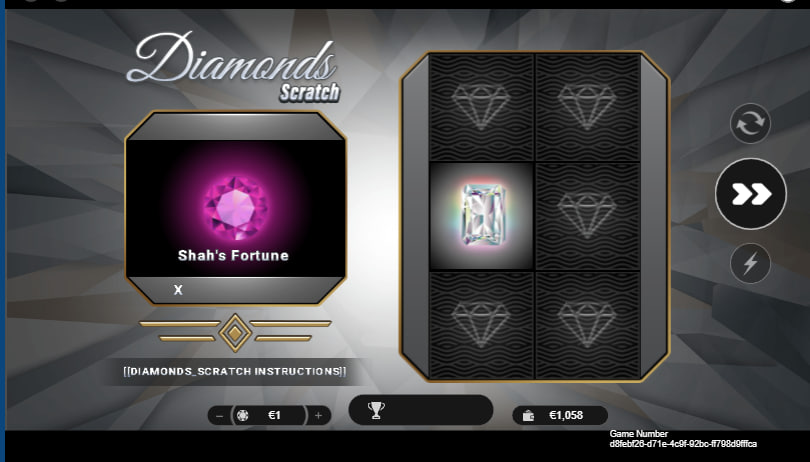
Core Gameplay Mechanics and Winning Structure
Diamonds Scratch operates on a foundational principle common to physical scratch cards. Each game round begins with the player purchasing a card at a selected bet value, adjustable via intuitive ‘+' and ‘-‘ buttons. Upon initiating play, a primary “Lucky Diamond” symbol is unveiled in a designated reference area on the left. Concurrently, a grid on the right displays six covered positions, typically presented with a texture suggesting a scratch-off surface. The objective is straightforward: reveal the symbols beneath these six covers. If any one of the revealed symbols perfectly matches the initially shown Lucky Diamond reference symbol, a win is awarded.
A crucial element is how winnings are calculated and displayed. According to the game's internal documentation, the potential prize for the card is shown above the reference symbol after it's revealed. This suggests a potential maximum payout for that specific round. However, the actual win multiplier is determined by a value displayed below the reference symbol. This multiplier is applied to the player's original bet amount for that card if a match occurs. The game logic specifies that matching just one symbol on the card to the reference symbol is sufficient to trigger the win associated with that card's revealed multiplier. The six revealed symbols themselves are various named diamonds – examples provided include “Shah's Fortune,” “Pharaoh's Gold,” “Fountain of Youth,” and “Golden Eye,” each presumably rendered with distinct visual characteristics. The gameplay loop is thus exceptionally concise: set bet, purchase card, reveal symbols, check for a match against the reference, and collect any resulting winnings based on the round's specific multiplier. This structure emphasizes speed and repetition over prolonged engagement with intricate features.
The simplicity extends to the win condition itself. Unlike multi-line slots where combinations or clusters determine outcomes, Diamonds Scratch offers a binary result for each of the six positions relative to the single reference symbol. A revealed symbol either matches the reference, or it does not. Only a single successful match is required to secure the payout determined by the multiplier shown beneath the Lucky Diamond. This singular focus differentiates it significantly from games involving scatters, wilds, or paylines, positioning it firmly within the instant win category where immediate outcome resolution is paramount.
Interface and Interaction Features
The user interface in Diamonds Scratch is designed for efficiency and minimal obstruction. Key interaction buttons are prominently displayed, typically flanking the main game area. The primary “Play” button initiates the purchase of a new card and the reveal of the reference symbol. For players preferring automation, two distinct options are available. The “Play for Me” button triggers an automated reveal of all six symbols on the current card, bypassing the need for manual “scratching” (which is usually simulated by clicking or dragging the cursor over the covered areas). This streamlines the process for a single game round.
Should the precise function of the AutoPlay settings, particularly the selection increments or the exact interaction between AutoPlay and Turbo mode require further clarification, accessing the demo Diamonds Scratch version and consulting the integrated game help (often accessed via an ‘i' or ‘?' button) provides the definitive operational details directly from the developer. Other standard interface elements include displays for the current balance, the total win amount for the last completed round, and controls for adjusting the bet per card. The overall layout prioritizes immediate access to core functions, reflecting the game's fast-paced, instant-outcome nature.
Visual Presentation and Thematic Elements
Diamonds Scratch adopts a modern, sleek aesthetic. The predominant color scheme is dark, often employing deep greys or blacks for the background, which serves to accentuate the brightly rendered gemstone symbols. Metallic accents, particularly gold or silver tones, frame the key interface areas like the reference symbol display and the scratch card grid, reinforcing the theme of luxury and value. The focus is squarely on the diamonds themselves. Visuals provided show distinct representations, such as a vibrant purple cushion-cut gem (“Shah's Fortune”) and a large, clear emerald-cut diamond serving as a reference symbol. These gems often feature high-contrast facets and simulated light effects like sparkles or internal glows to enhance their perceived value and visual appeal.
The animation accompanying the symbol reveal is fundamental to the user experience. While manual play might involve a simulated scratching effect where the covering layer is visually removed by cursor interaction, the automated “Play for Me” or Turbo functions typically replace this with a faster reveal – perhaps a quick fade, dissolve, or popping effect for each symbol. The Turbo mode specifically targets the speed of these animations, making the transition from covered symbol to revealed gem occur almost instantaneously. This caters to players who prioritize volume of play or rapid results over savoring the visual sequence. The graphical style is clean and contemporary, avoiding ornate details in favor of sharp lines and impactful gem imagery.
Thematically, the game is unambiguous: it revolves around the allure of precious stones and the associated concepts of wealth and fortune. The naming convention for the diamonds (“Pharaoh's Gold,” “Fountain of Youth,” “Golden Eye”) adds a thin layer of exoticism or mystique, but the core theme remains the straightforward pursuit of valuable gems. The atmosphere generated is one of quick anticipation rather than deep immersion. Sound design, while not detailed in the provided images, typically complements such games with subtle effects – clicks for button presses, a scraping sound for manual reveals (if implemented), distinct chimes for winning matches, and perhaps a more elaborate sound for significant wins. The overall presentation is functional and thematic, effectively supporting the simple, direct gameplay without introducing distracting complexity. The visual execution appears competent, delivering clear, attractive representations of the core symbols.

Payout Structure and Statistical Profile
The potential rewards in Diamonds Scratch are defined by a straightforward multiplier system tied to a significant headline figure. The game prominently advertises a maximum potential win of 10,000 times the player's bet. This figure represents the upper limit achievable on a single winning card, contingent on revealing the highest possible multiplier value associated with a matching reference diamond. The actual multiplier for any given winning round is revealed beneath the reference symbol and directly scales the payout based on the wager placed for that specific card.
The game's theoretical Return to Player (RTP) is stated as 93.33%. This percentage represents the expected long-term payout average calculated over a vast number of game rounds. It is pertinent for players to note that this RTP figure is somewhat lower compared to many contemporary multi-reel video slots, which often feature RTPs in the 95-97% range or higher. However, RTPs around the 92-94% mark are not uncommon for instant win games and scratch cards. This statistical characteristic often reflects the different volatility and payout structures inherent in these game types, which typically offer less frequent but sometimes significantly larger payouts relative to the bet, balanced against more frequent smaller wins found in lower volatility slots. Players accustomed to video slots should be aware of this difference when assessing the game's payout profile.
The win condition, requiring only a single match between one of the six hidden symbols and the reference diamond, simplifies the payout understanding. There are no complex paylines or combination requirements. The outcome is binary on a per-symbol basis leading to a single potential win event per card, determined entirely by the presence of a match and the specific multiplier revealed for that round. This structure aligns with the game's overall design philosophy favoring immediacy and clarity. The potential for a 10,000x multiplier serves as the primary draw, offering substantial upside relative to the bet on any given card purchase, balanced by the statistical probability governed by the 93.33% RTP. SpinOro has created a game where the statistical aspects are as direct as the gameplay itself. While the RTP might be lower than some alternatives, the game's structure is transparent, focusing player attention on the simple match mechanic and the associated multiplier potential.

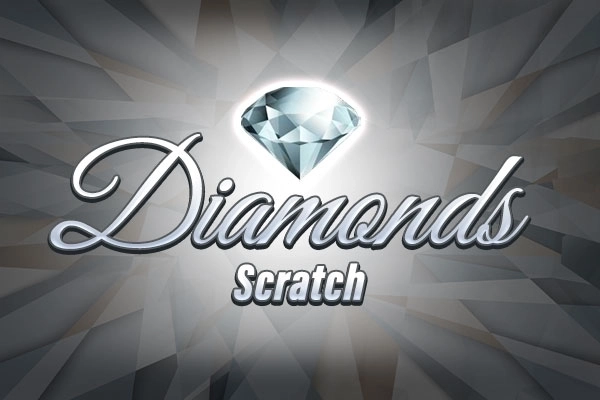 Diamonds Scratch
Diamonds Scratch


